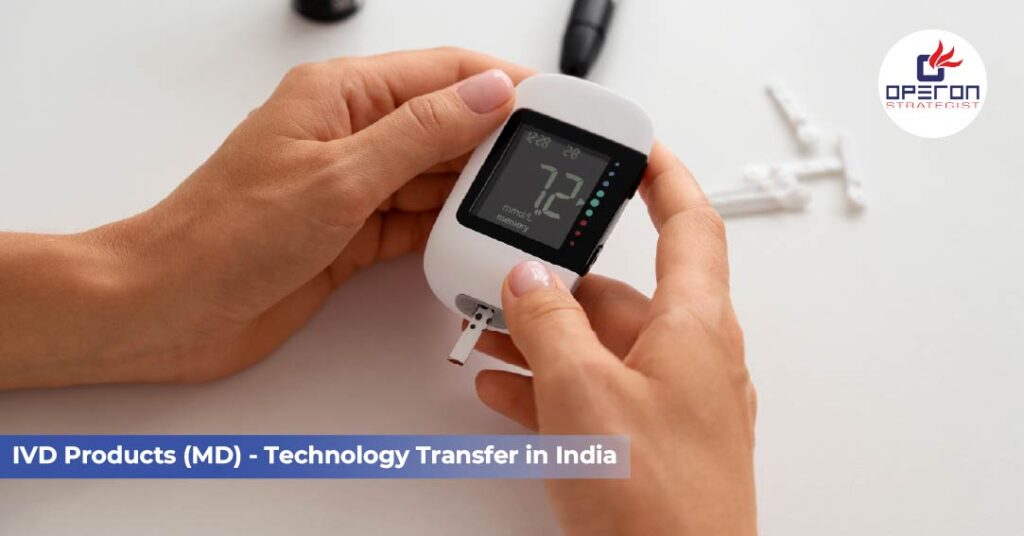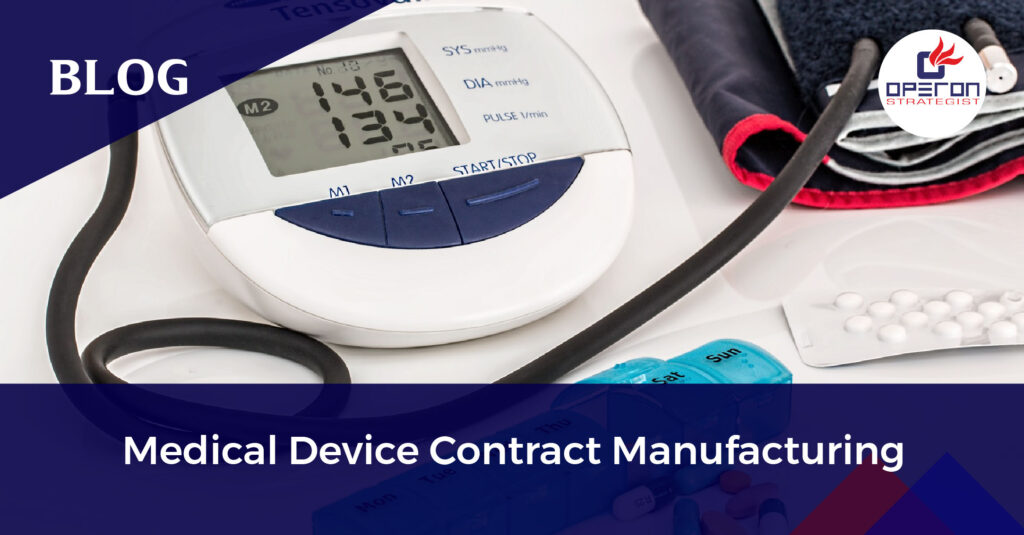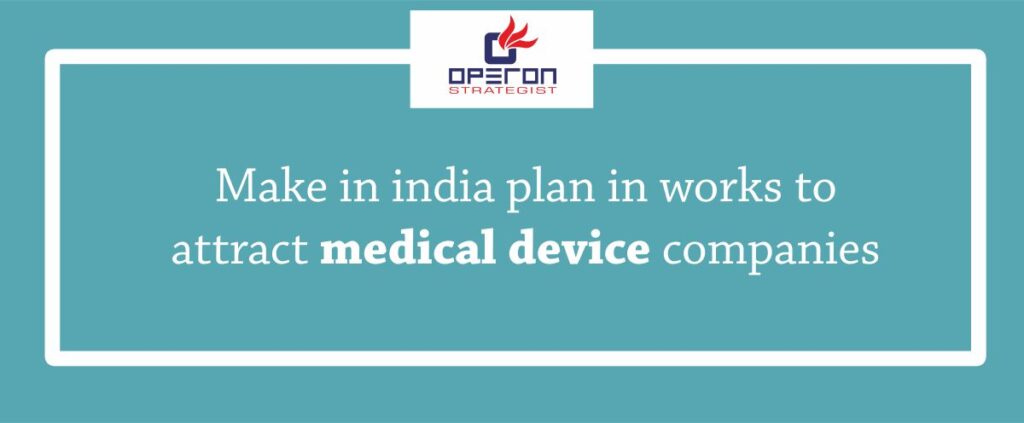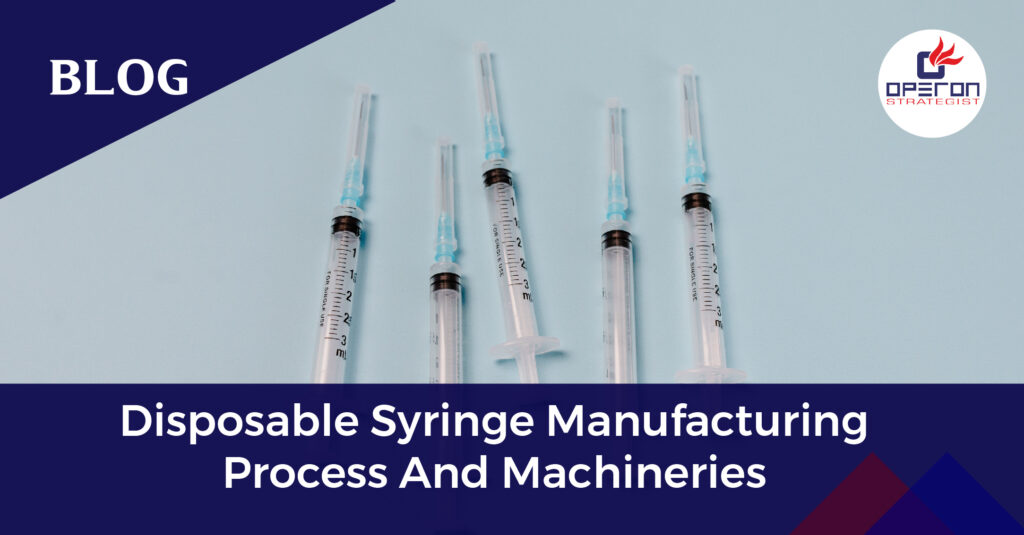IVD Product (MD) - Technology Transfer: Comprehensive Overview
IVD product technology transfer is a critical process for medical device manufacturers aiming to move their in vitro diagnostic products from development to large-scale manufacturing or from one facility to another. This process ensures that the quality, performance, and regulatory compliance of IVD products remain consistent across all production sites.
Successful technology transfer involves thorough planning, detailed documentation, and careful execution to meet CDSCO regulations in India and international standards such as ISO 13485. Properly conducted, it helps manufacturers scale operations efficiently, minimize production errors, and accelerate time-to-market while maintaining product safety and effectiveness.
Looking For a Medical Device Regulatory Consultant?
Assembly of IVD Products in India
Successful IVD product assembly requires strict adherence to Quality Assurance (QA) and Quality Control (QC) processes:
- Quality Assurance (QA): Ensures all manufacturing steps comply with internal and regulatory standards.
- Quality Control (QC): Confirms each batch meets specifications before release.
- Automation Integration: Using semi-automated or automated assembly lines improves efficiency, reduces human error, and ensures consistency
Documents Required for Technology Transfer
Proper documentation is critical for a successful technology transfer. Operon Strategist recommends maintaining a complete design file and technology transfer documentation:
Design File Requirements
- Product specifications, drawings, and schematics
- Detailed list of raw materials and components
- Manufacturing process instructions and flowcharts
- Verification and validation reports
- Risk analysis and mitigation strategies
Technology Transfer Documents
- Standard Operating Procedures (SOPs) for manufacturing and assembly
- Batch manufacturing records
- QA/QC reports and Testing protocols
- Packaging and labelling instructions
- Process change logs and traceability records
Key Points to Note in IVD Technology Transfer
Regulatory Compliance: Align all processes with CDSCO regulations and ISO 13485 standards to ensure local and international approvals.
Traceability: Implement traceability systems to track raw materials, process changes, and testing results for audit readiness.
Training: Equip local teams at the new site with thorough training to follow the transferred procedures correctly and consistently.
Process Validation: Validate all processes at the new site through rigorous testing and documentation to ensure product reliability.
Change Management: Document and approve any changes to equipment, processes, or materials during or after the transfer.
Benefits of a Structured Technology Transfer
Ensures consistent product quality across different manufacturing locations
Reduces assembly errors and production downtime
Maintains compliance with regulatory frameworks such as CDSCO and ISO 13485
Accelerates time-to-market for new or expanded operations
Enhances operational efficiency, cost control, and supply chain management
Ensure your IVD products meet quality and compliance – get expert guidance today!
Why Choose Operon Strategist for IVD Product Technology Transfer
With extensive expertise in regulatory compliance and technology transfer, Operon Strategist offers tailored solutions for IVD manufacturers in India, including:
End-to-end documentation and process management
Implementation of QA/QC protocols aligned with regulatory requirements
Staff training, validation support, and process optimization
Assistance with CDSCO manufacturing license approval and ISO 13485 certification
Our holistic approach ensures your technology transfer is smooth, compliant, and fully prepared for market entry.
- adminhttps://operonstrategist.com/author/admin-2/
- adminhttps://operonstrategist.com/author/admin-2/
- adminhttps://operonstrategist.com/author/admin-2/
- adminhttps://operonstrategist.com/author/admin-2/




